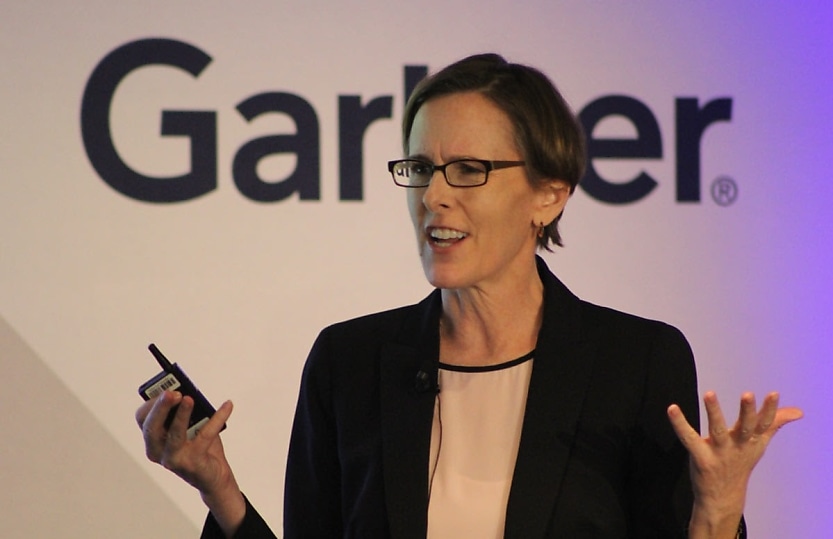Finance leaders are getting change management wrong, Gartner says

Finance employees are increasingly vulnerable to change fatigue, at a time when finance functions are eyeing systemic transformations.
According to Gartner, finance employees are increasingly vulnerable to change fatigue. Given the costs of poor change management, its essential that leaders rethink their approaches.
In 2016, businesses underwent an average of two major planned changes – from leadership changes to digital transformations - per year. In 2022, the figure had multiplied to an average of 10 per year, according to HRM Online.
The increasing rate of change has coincided with a decreasing willingness among employees to support organisational changes.
According to Gartner survey data, 74 per cent of employees were willing to support organisational change in 2016 whereas the proportion was as low as 38 per cent in 2022.
“Change fatigued employees exhibit much lower intent to stay, responsiveness and discretionary effort, among other negative outcomes,” said Hilary Richards, vice president analyst in Gartner’s finance practice.
Human resources thought leader Mofoluwaso Llevbare said the rate of organisational change has increased dramatically since the COVID-19 pandemic.
Beyond workplace changes, including the shift to remote work and flexible hours, Llevbare said businesses are changing their operations to stay competitive amid uncertain economic conditions.
Finance workers, in particular, are undergoing "unprecedented levels of change" and they are "increasingly fatigued by it," said Gartner, adding that most finance leaders are approaching it in the wrong way.
Change management is, at core, a function of business planning. Finance leaders should be identifying and calculating change fatigue drivers when putting together project portfolios, it said.
Change fatigue should be charted against project values to “reprioritise their project portfolio in a way that will lessen change fatigue.”
First, this requires building a data set to improve an organisations ability to predict the impact of a given change upon employee resilience. Llevbare said ‘pulse-checks’ are a crucial part of the data puzzle.
This can take the form of a dedicated “change fatigue survey” which tracks employee sentiment around the ideal rate of change, the perceived effectiveness of existing approaches to change management, and subjective indicators of employee wellbeing, said Llevbare.
“Change fatigue is easy to observe, but often we don’t take the time to observe it,” she said.
Beyond this, Richards recommended that finance leaders should rethink what actually contributes to substantial, prolonged change fatigue.
“When considering change fatigue in their functions, finance leaders tend to fixate on the number of changes an employee is experiencing, which is only part of the story,” said Richards.
While the volume of changes is important, it is not nearly as important as the level of disruption caused by the changes, she said.
In this context, disruption is the “extent to which changes personally affect employees and interfere with day-to-day tasks and employee performance,” said Gartner.
In other words, a limited number of changes might have a greater bearing on the day-to-day operations of an employee than a greater number of relatively minor changes.
That said, the inverse is often true. Often, businesses will overlook the impact of minor changes which, on their face, do not seem significant. Taken together, however, they can often be “significantly more fatiguing,’ than larger, system-wide reform, said Gartner.
About the author

